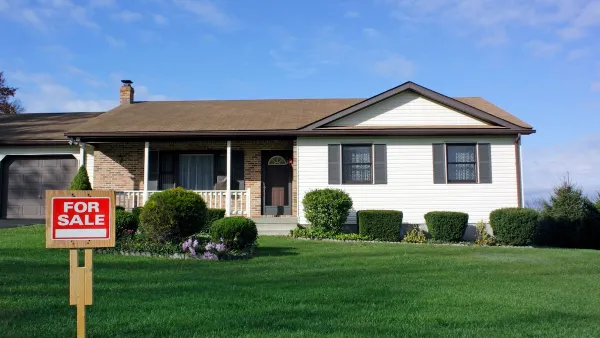The development of Portland during the early decades of the 1900s reveals ideas for how to lessen the pressure on housing prices in the 2010s.

According to an article by Michael Andersen, "the 1900s are proof positive that market-priced housing, if there’s enough of it, can be perfectly capable of controlling housing costs for those of us who aren’t currently poor."
Andersen makes a case study of Portland development and land use regulation history, finding that in the decades before zoning laws separated uses and limited the size of buildings, the city's growth didn't cripple the economics of living in the city, as is occurring in the Portland and other cities around the country. Andersen notes when the change from the early-1900s reality of Portland from today's:
Portland approved its first zoning laws in 1918 and expanded them by popular vote in 1924, limiting basic construction to four stories and maximum height to 15 stories; it was approximately the same year that local streetcar usage started its long decline. In 1945, lawns and driveways became mandatory in most of the city as minimum lot sizes were set at 5,000 square feet for single-family zones; in 1959, duplexes and internal home divisions were banned from single-family zones.
Included in Andersen's information-rich polemic is a reference to Justin Palmer’s "amazing" Age of a City map, which color-codes almost every building in Portland by its decade of construction.
FULL STORY: Portland’s best model for population growth without catastrophe is right in front of us

Analysis: Cybertruck Fatality Rate Far Exceeds That of Ford Pinto
The Tesla Cybertruck was recalled seven times last year.

National Parks Layoffs Will Cause Communities to Lose Billions
Thousands of essential park workers were laid off this week, just before the busy spring break season.

Retro-silient?: America’s First “Eco-burb,” The Woodlands Turns 50
A master-planned community north of Houston offers lessons on green infrastructure and resilient design, but falls short of its founder’s lofty affordability and walkability goals.

Test News Post 1
This is a summary

Analysis: Cybertruck Fatality Rate Far Exceeds That of Ford Pinto
The Tesla Cybertruck was recalled seven times last year.

Test News Headline 46
Test for the image on the front page.
Urban Design for Planners 1: Software Tools
This six-course series explores essential urban design concepts using open source software and equips planners with the tools they need to participate fully in the urban design process.
Planning for Universal Design
Learn the tools for implementing Universal Design in planning regulations.
EMC Planning Group, Inc.
Planetizen
Planetizen
Mpact (formerly Rail~Volution)
Great Falls Development Authority, Inc.
HUDs Office of Policy Development and Research
NYU Wagner Graduate School of Public Service




























